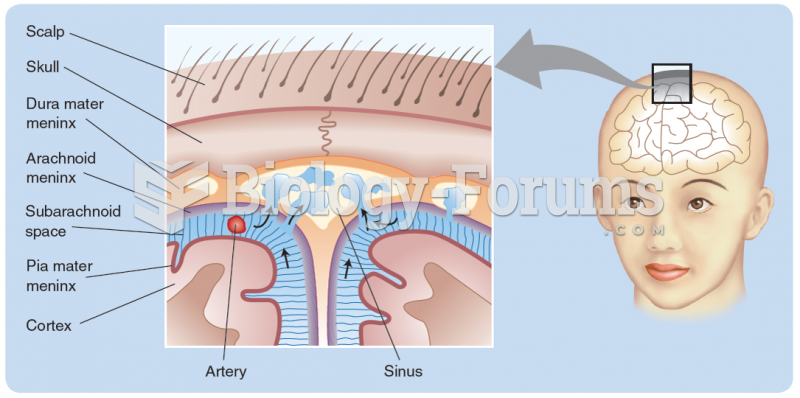Answer to Question 1
1,2
Rationale 1: Anthrax spreads easily.
Rationale 2: The types of anthrax are cutaneous, gastrointestinal, and inhalation.
Rationale 3: Anthrax is spore forming and is not killed by drying, heat, or many harsh chemicals. It can live in soil for hundreds or thousands of years.
Rationale 4: The main area affected by inhalation anthrax is the mediastinum.
Rationale 5: There are two toxins emitted by the bacterium.
Global Rationale: Anthrax spreads easily. The types of anthrax are cutaneous, gastrointestinal, and inhalation. Anthrax is spore forming and is not killed by drying, heat, or many harsh chemicals. It can live in soil for hundreds or thousands of years. The main area affected by inhalation anthrax is the mediastinum. There are two toxins emitted by the bacterium.
Answer to Question 2
3
Rationale 1: Bumetanide (Bumex) is a potassium-excreting drug; it does not reabsorb potassium.
Rationale 2: Bumetanide (Bumex) works in the loop of Henle, not the proximal loop.
Rationale 3: Bumetanide (Bumex) is called a loop diuretic because it acts by preventing the reabsorption of sodium in the loop of Henle.
Rationale 4: Bumetanide (Bumex) blocks reabsorption of sodium in the loop of Henle, not in Bowman's capsule.
Global Rationale: Bumetanide (Bumex) is called a loop diuretic because it acts by preventing the reabsorption of sodium in the loop of Henle. Bumetanide (Bumex) is a potassium-excreting drug; it does not reabsorb potassium.
Bumetanide (Bumex) works in the loop of Henle, not the proximal loop. Bumetanide (Bumex) blocks reabsorption of sodium in the loop of Henle, not in Bowman's capsule.







